France is home to some of the oldest cities in Europe, each with a rich history that spans thousands of years. From ancient Greek settlements to Roman strongholds and medieval cultural hubs, these cities offer a glimpse into the past while thriving in the present. Spread across the country, they boast remarkable architecture, fascinating stories, and unique traditions. Exploring these cities is like stepping back in time, with every corner revealing a piece of history. Here’s a closer look at some of the oldest cities in France, showcasing their origins, significance, and what makes them stand out today.
Lyon
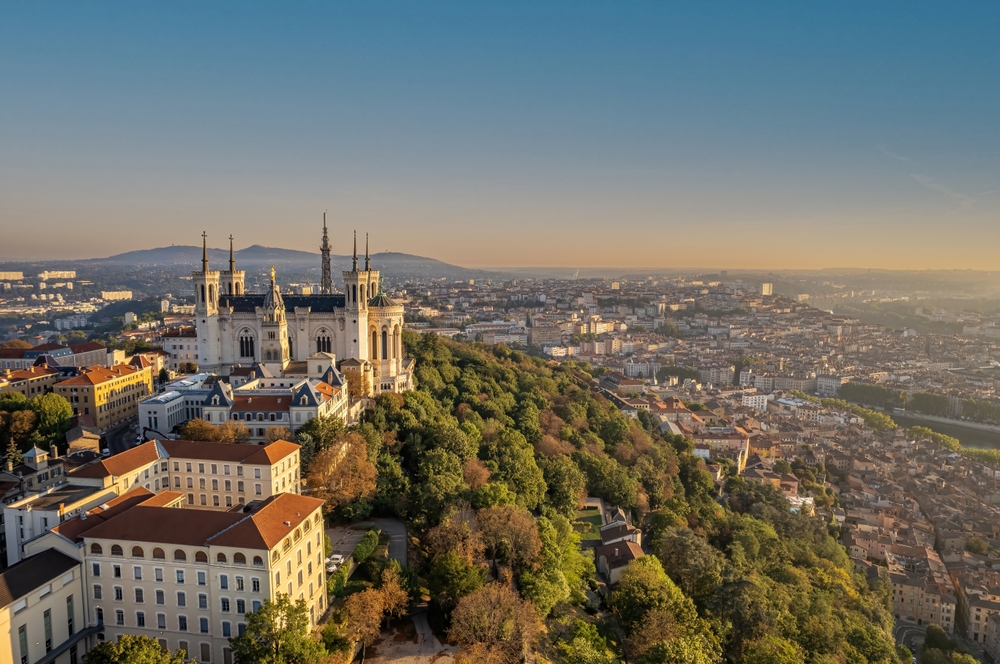
Lyon was founded by the Romans in 43 BC under the name Lugdunum, becoming the capital of the Roman province of Gallia Lugdunensis. Located in the Auvergne-Rhône-Alpes region, it sits at the confluence of the Rhône and Saône rivers. It spans approximately 18 square miles and has a metropolitan population of over 2.3 million, making it a key economic and cultural hub. Its historic center is a UNESCO World Heritage site, showcasing Roman ruins such as the Fourvière Amphitheater and Renaissance architecture in Vieux Lyon. Its importance continued through the Middle Ages and Renaissance due to its strategic position on trade routes. It is also renowned as the gastronomic capital of France, boasting a rich culinary tradition. Its Festival of Lights (Fête des Lumières) in December is a globally celebrated event, drawing millions to admire the city illuminated in creative displays.
Narbonne
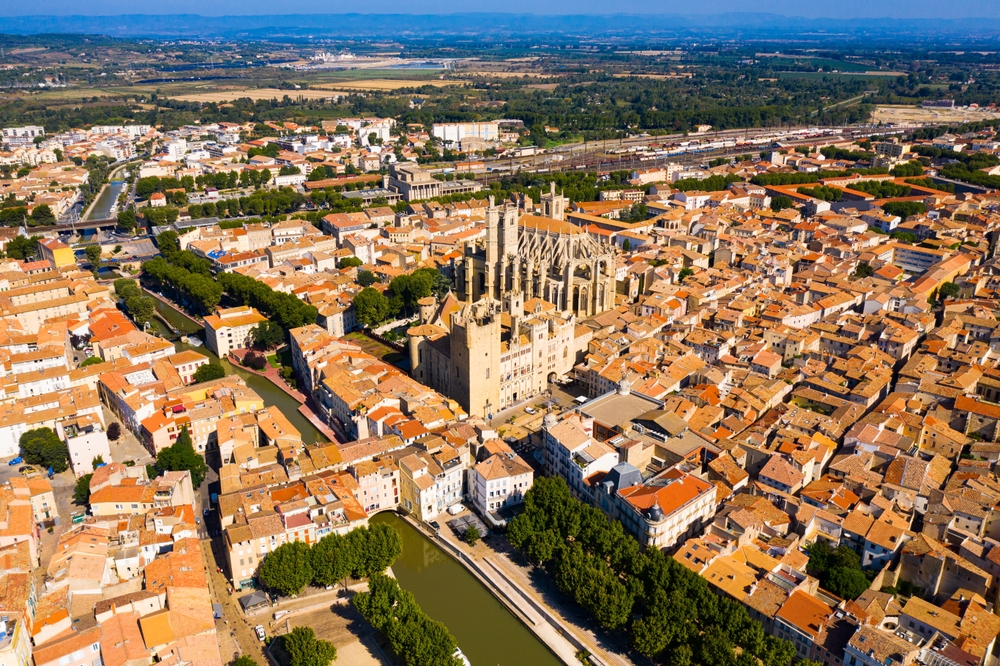
Narbonne, founded in 118 BC by the Romans, was the first Roman colony outside Italy, known as Colonia Narbo Martius. Situated in the Occitanie region, the city lies near the Mediterranean coast and covers an area of approximately 66 square miles. It became an important hub due to its location on the Via Domitia, the first Roman road in Gaul. Its key landmarks include the unfinished Narbonne Cathedral and the Horreum, a subterranean warehouse from Roman times. Today, it has a population of about 55,000 and retains its historical charm alongside modern attractions. The nearby Canal de la Robine, part of the Canal du Midi, offers picturesque views and boat tours. Its rich Roman heritage continues to captivate historians and travelers alike.
Nîmes
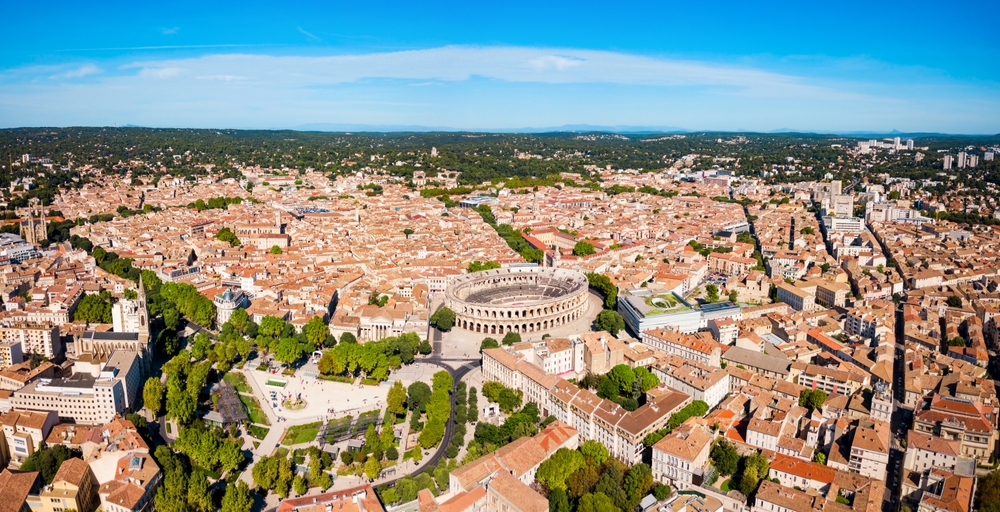
Nîmes, known for its exceptional Roman heritage, was established around 120 BC in the Occitanie region. Covering an area of approximately 62 square miles, it has a population of about 150,000. It is home to some of the best-preserved Roman architecture in the world, including the Arena of Nîmes, a magnificent amphitheater still in use today, and the Maison Carrée, an ancient temple. The Pont du Gard, a nearby Roman aqueduct, is a UNESCO World Heritage site and a testament to Roman engineering. It also boasts a vibrant textile history, being the origin of “denim” fabric (de Nîmes). Its Feria de Nîmes festival celebrates bullfighting and local culture, attracting visitors from across Europe. Its blend of ancient monuments and modern vitality make it a treasure trove for history enthusiasts.
Paris
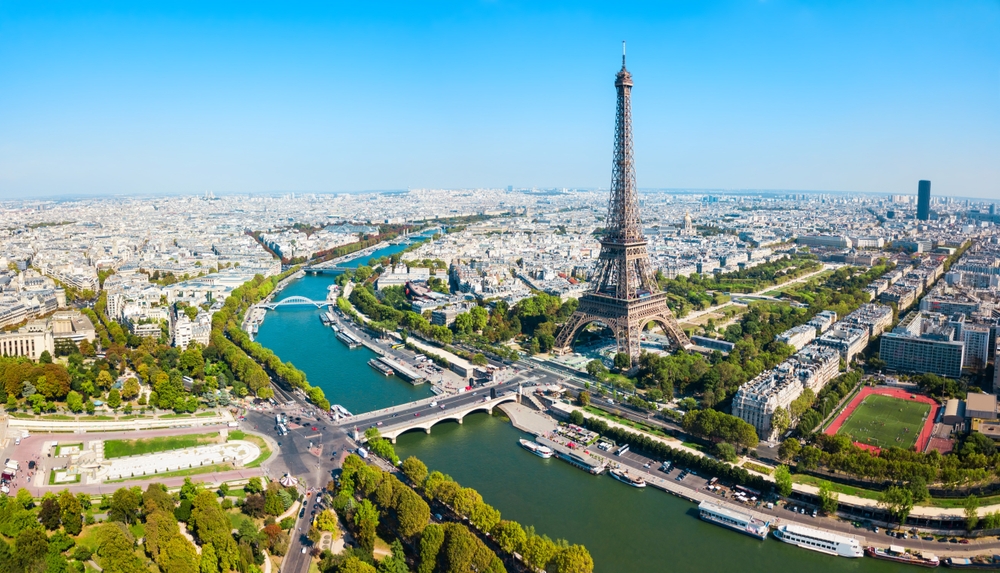
Although Paris is not the oldest city in France, its history dates back to around 259 BC when it was founded by the Parisii, a Celtic tribe. Located in the Île-de-France region, it covers about 41 square miles and is home to over 11 million people in its metropolitan area. As the nation’s capital, it grew into a center of art, culture, and politics, influencing Europe and the world. Its iconic landmarks, such as the Eiffel Tower, Notre-Dame Cathedral, and the Louvre Museum, draw millions of visitors each year. The River Seine, flowing through Paris, adds to its romantic charm and historical significance. Its history is also marked by key events, including the French Revolution and the Age of Enlightenment. Its enduring allure combines ancient roots with a dynamic modern identity.
Arles
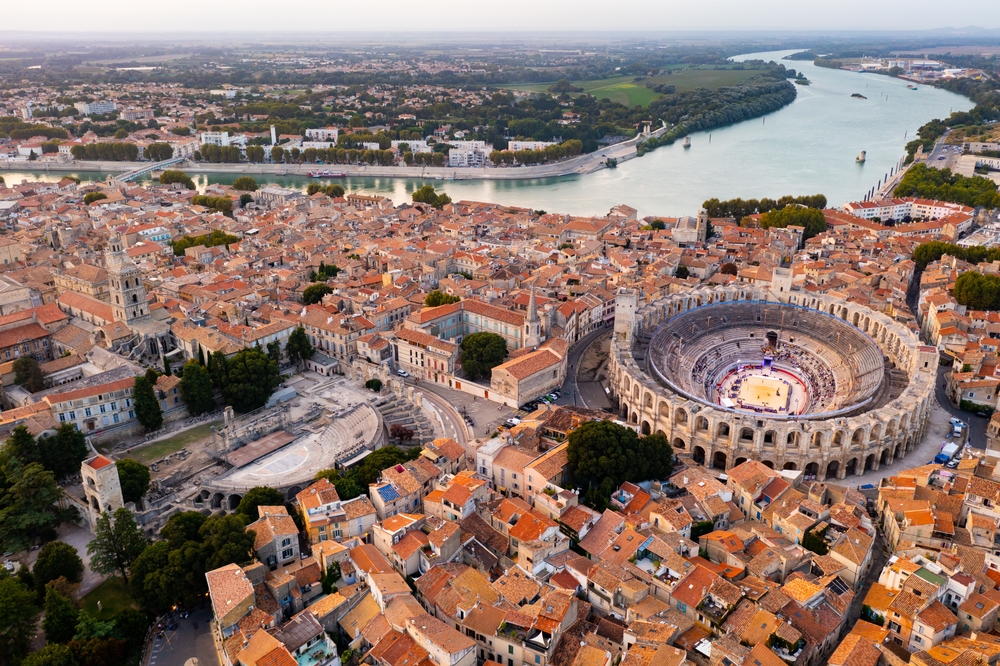
Arles, located in the Provence-Alpes-Côte d’Azur region, was established by the Greeks in the 6th century BC and later became a prominent Roman city. Covering an area of approximately 293 square miles, it is known for its remarkable Roman ruins, many of which are UNESCO World Heritage sites. The Arles Amphitheater and Roman Theatre are standout monuments, still used today for cultural events. It was also a key military and trading hub during Roman times, benefiting from its location along the Rhône River. It is famously associated with Vincent van Gogh, who created over 300 works of art during his time there. With a population of about 50,000, it maintains its charm as a blend of ancient history and Provençal culture. Its annual photography festival, Les Rencontres d’Arles, attracts international acclaim, continuing the city’s legacy of artistic significance.
Avignon

Avignon, situated in the Provence-Alpes-Côte d’Azur region, traces its origins to the 6th century BC when it was founded as a Celtic settlement. It later gained prominence during the Roman era and became a key ecclesiastical center in the 14th century when the papacy was relocated there. Spanning about 25 square miles, it is home to approximately 93,000 residents. Its iconic Palais des Papes, a fortress and papal residence, is one of the largest Gothic buildings in Europe. Its historic city center is a UNESCO World Heritage site, filled with cobblestone streets and medieval charm. The annual Avignon Theatre Festival, one of the most important performing arts festivals in the world, underscores its cultural significance. Nestled along the Rhône River, it continues to captivate visitors with its unique blend of religious, cultural, and historical importance.
Béziers
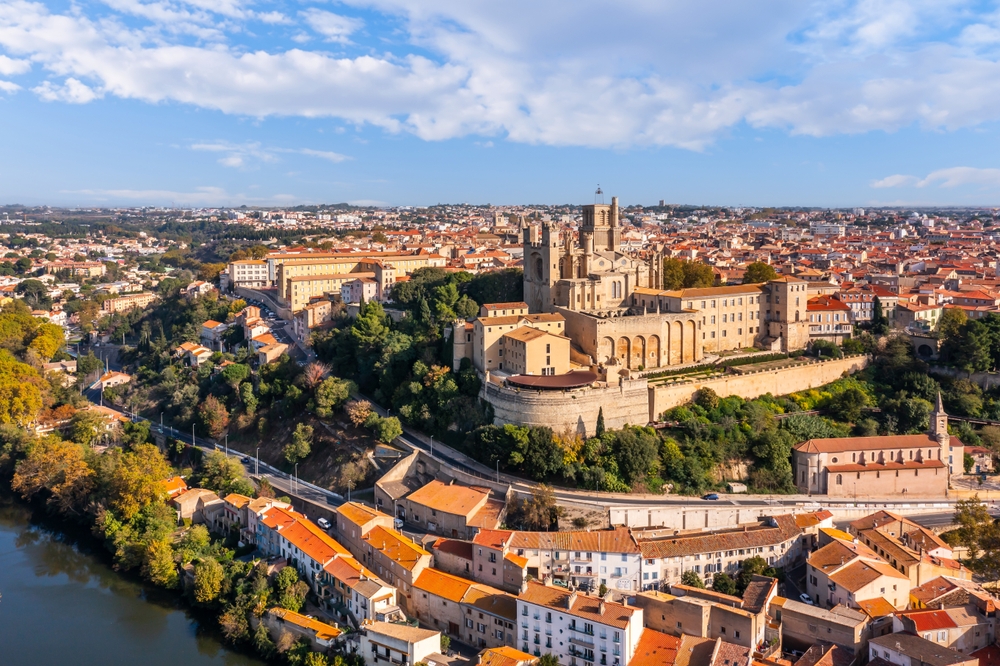
Situated in the Occitanie region, Béziers is one of France’s oldest cities, with evidence of Greek settlement dating back to 575 BC. It covers an area of about 37 square miles and has a population of approximately 75,000. Its history is marked by its role in the wine industry and as a center of the Cathar movement in the 12th century. The Saint-Nazaire Cathedral, perched atop a hill, offers stunning views of the Orb River and surrounding vineyards. The annual Feria de Béziers, a festival celebrating bullfighting and local culture, draws thousands of visitors each August. The Canal du Midi, a UNESCO World Heritage site, passes through it, featuring the impressive Fonserannes Locks. Its blend of ancient and medieval influences ensures it remains a gem of southern France.
Vienne
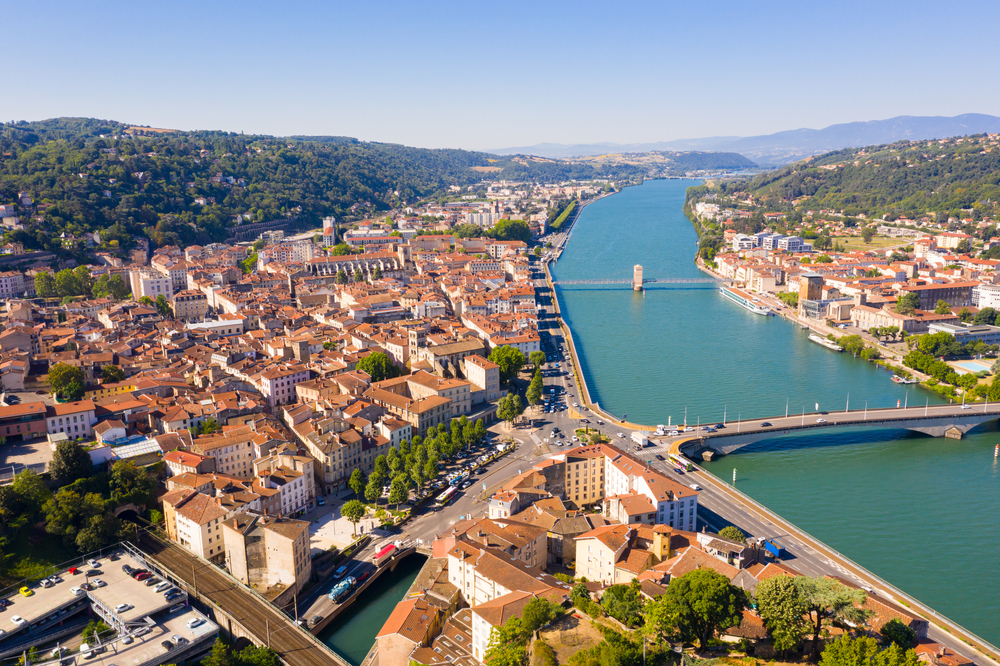
Vienne, located in the Auvergne-Rhône-Alpes region, was originally settled by the Allobroges, a Gallic tribe, in the 7th century BC before becoming a major Roman colony. Nestled along the Rhône River, it covers an area of approximately 9 square miles and has a population of about 30,000. It played a key role as a trading and religious center during the Roman Empire, evidenced by its well-preserved monuments like the Temple of Augustus and Livia and the Roman Theatre. It later became a significant ecclesiastical hub during the early Christian period, with relics such as the Gothic Saint-Maurice Cathedral standing as testaments to its religious importance. It is renowned for its annual Jazz à Vienne festival, which attracts global music talent and visitors. Its location amidst rolling hills and vineyards enhances its appeal as a picturesque historical destination. Today, it harmoniously blends its Roman legacy with modern-day charm.
Marseille
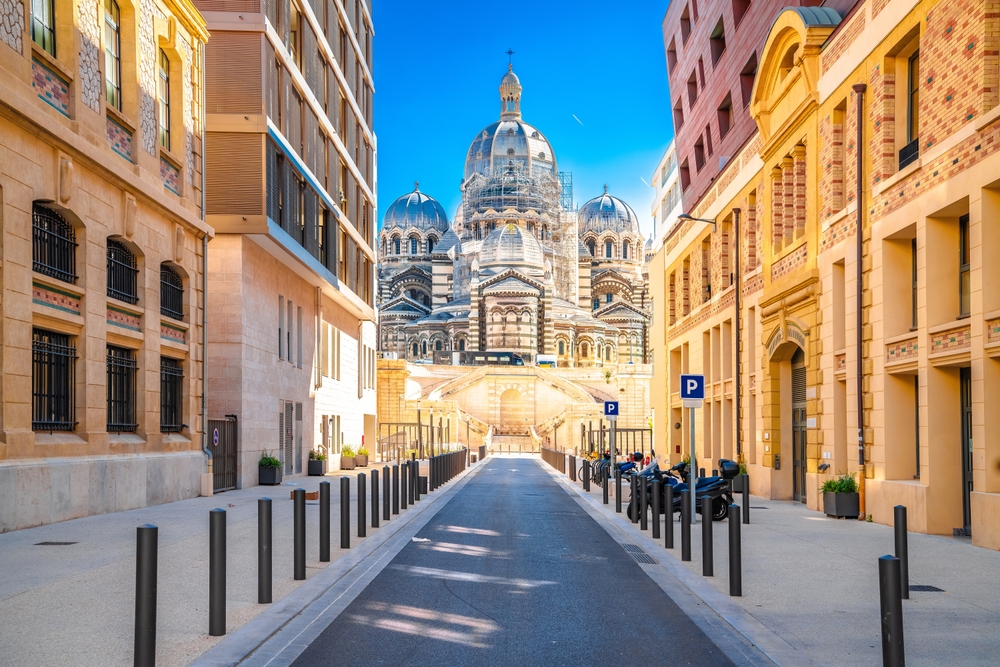
Founded around 600 BC by Greek settlers from Phocaea, Marseille is the oldest city in France and one of Europe’s oldest continuously inhabited settlements. Located in the Provence-Alpes-Côte d’Azur region, it occupies approximately 93 square miles, making it the third-largest metropolitan area in France after Paris and Lyon. Its strategic position on the Mediterranean’s Gulf of Lion established it as a significant trading port in ancient times. Throughout its history, it has been a melting pot of cultures, contributing to its diverse population of about 900,000 residents. The Old Port (Vieux-Port) remains a central hub, reflecting its enduring maritime heritage. Landmarks such as the Basilica of Notre-Dame de la Garde offer panoramic views of the city and sea. Its vibrant arts scene and historic neighborhoods, like Le Panier, attract visitors worldwide. Its blend of modern development and ancient charm makes it a living testament to the layers of history it has witnessed.
Toulouse
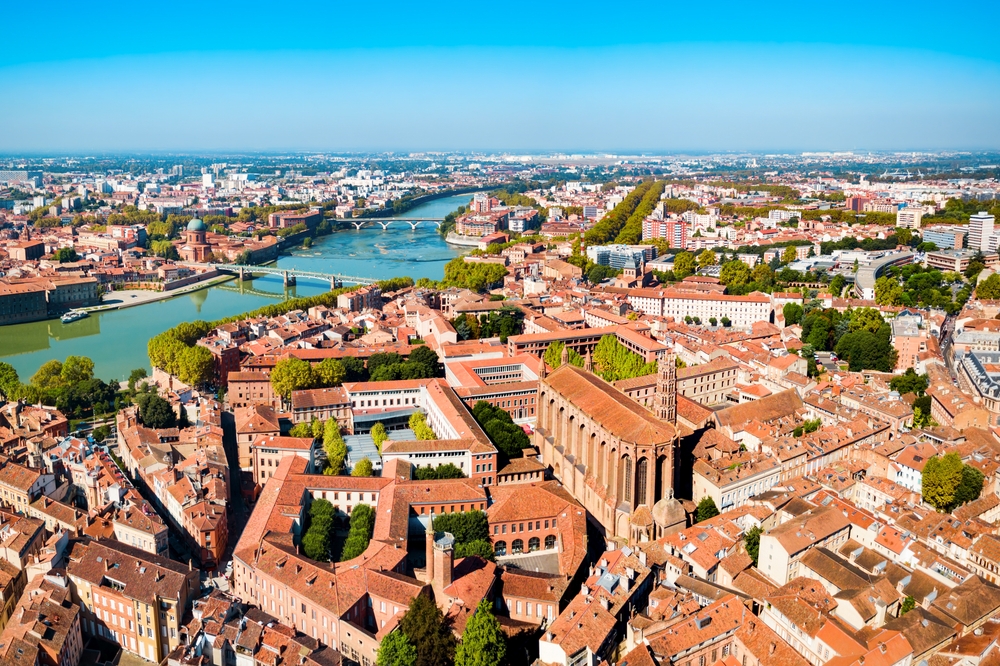
Known as “La Ville Rose” (The Pink City) for its terracotta brick architecture, Toulouse was founded by the Volcae Tectosages, a Gallic tribe, around the 8th century BC. Located in the Occitanie region, it lies along the Garonne River and covers about 46 square miles. It became an important Roman settlement and later a key center of the medieval Cathar movement. Today, it is a bustling city of over 500,000 people, blending its historic roots with modern innovation as the aerospace capital of Europe. Landmarks like the Basilica of Saint-Sernin, a UNESCO World Heritage site, showcase its rich architectural history. It is also celebrated for its vibrant food scene, particularly dishes like cassoulet, which reflect its regional culinary traditions. Its thriving student population and cultural festivals add to the city’s dynamic character.
This article originally appeared on Rarest.org.
More from Rarest.org
18 Mysterious Creatures of the World`s Most Isolated Islands

Isolated islands often hide secrets, and some of the world’s most mysterious creatures live in these remote areas. These animals have evolved uniquely, shaped by their environment and isolation. Read More.
21 Strange Geological Formations Found in Uninhabited Lands
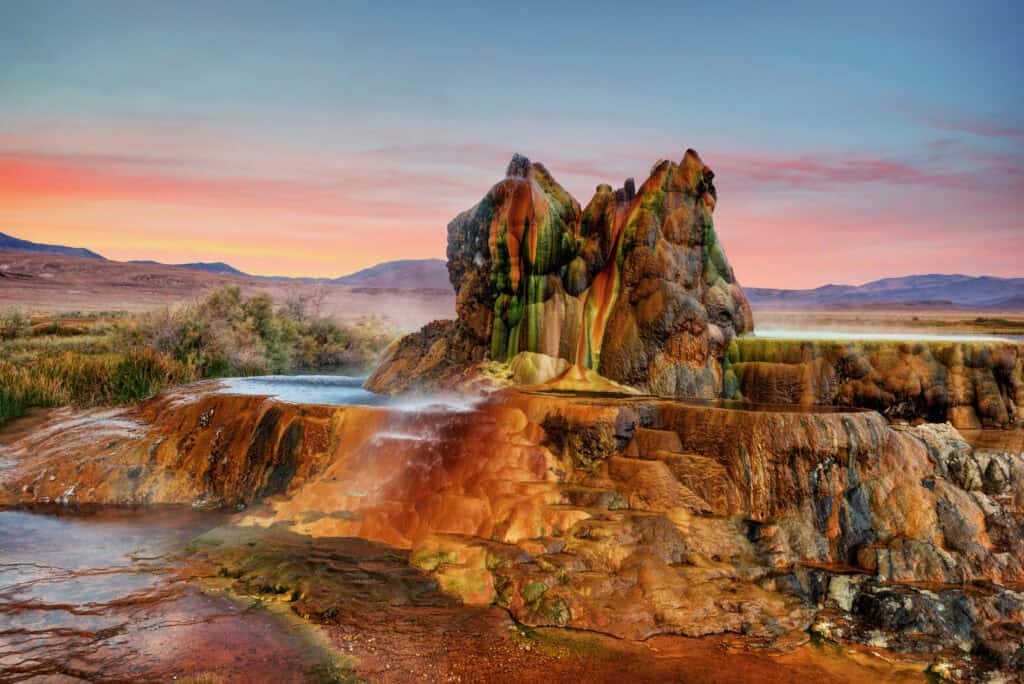
The Earth hides some of its most extraordinary formations in uninhabited regions. These remote landscapes are home to geological wonders that seem almost otherworldly. Read More.
14 Unique Trees with Vibrant Foliage Throughout the Year
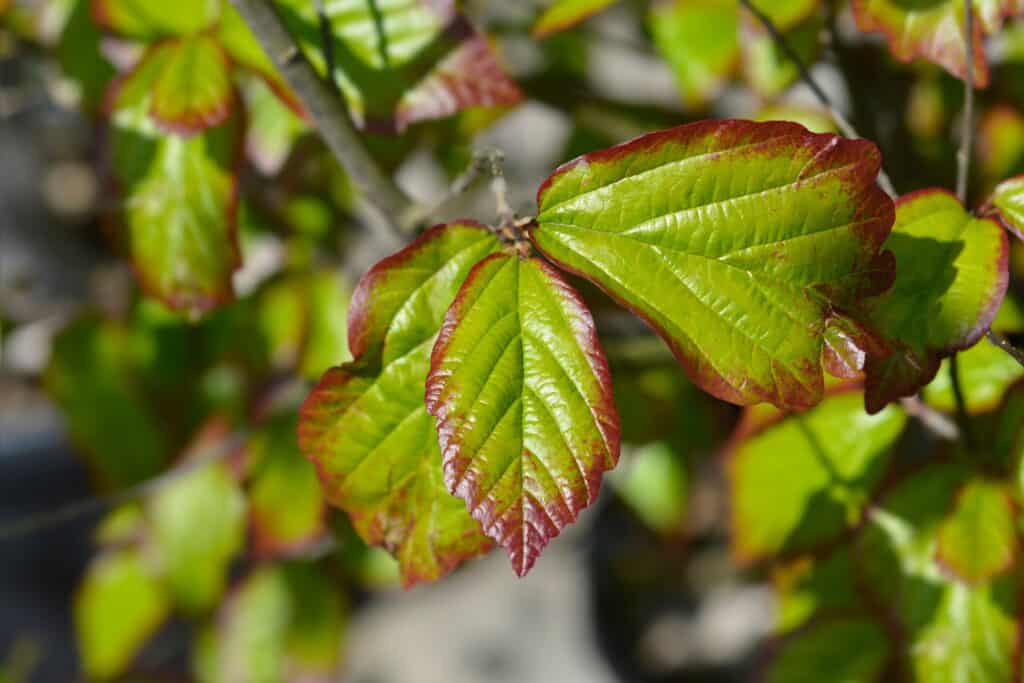
Trees with vibrant foliage can completely transform a landscape, bringing color and life to every season. Some species stand out for their stunning hues, with colors that shift as the year progresses. Read More.
